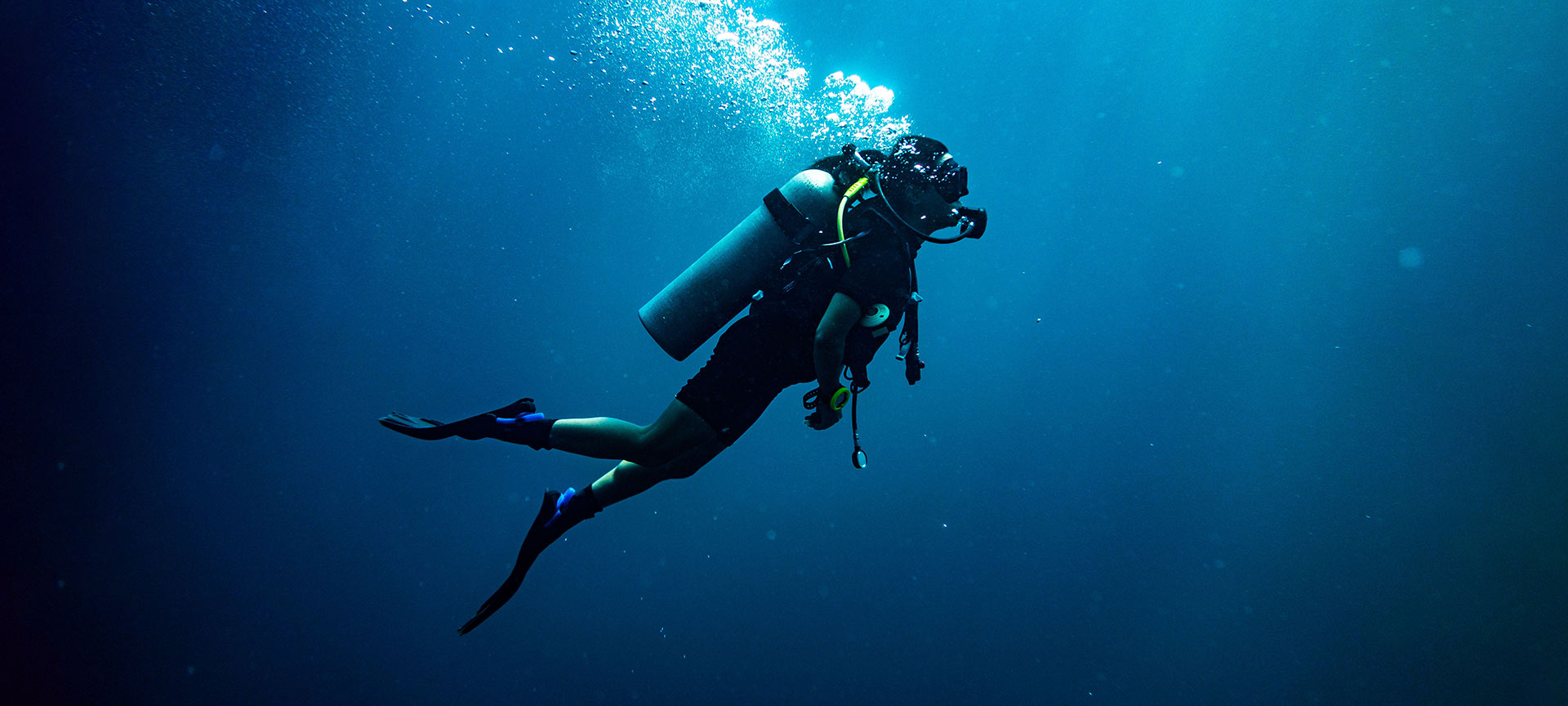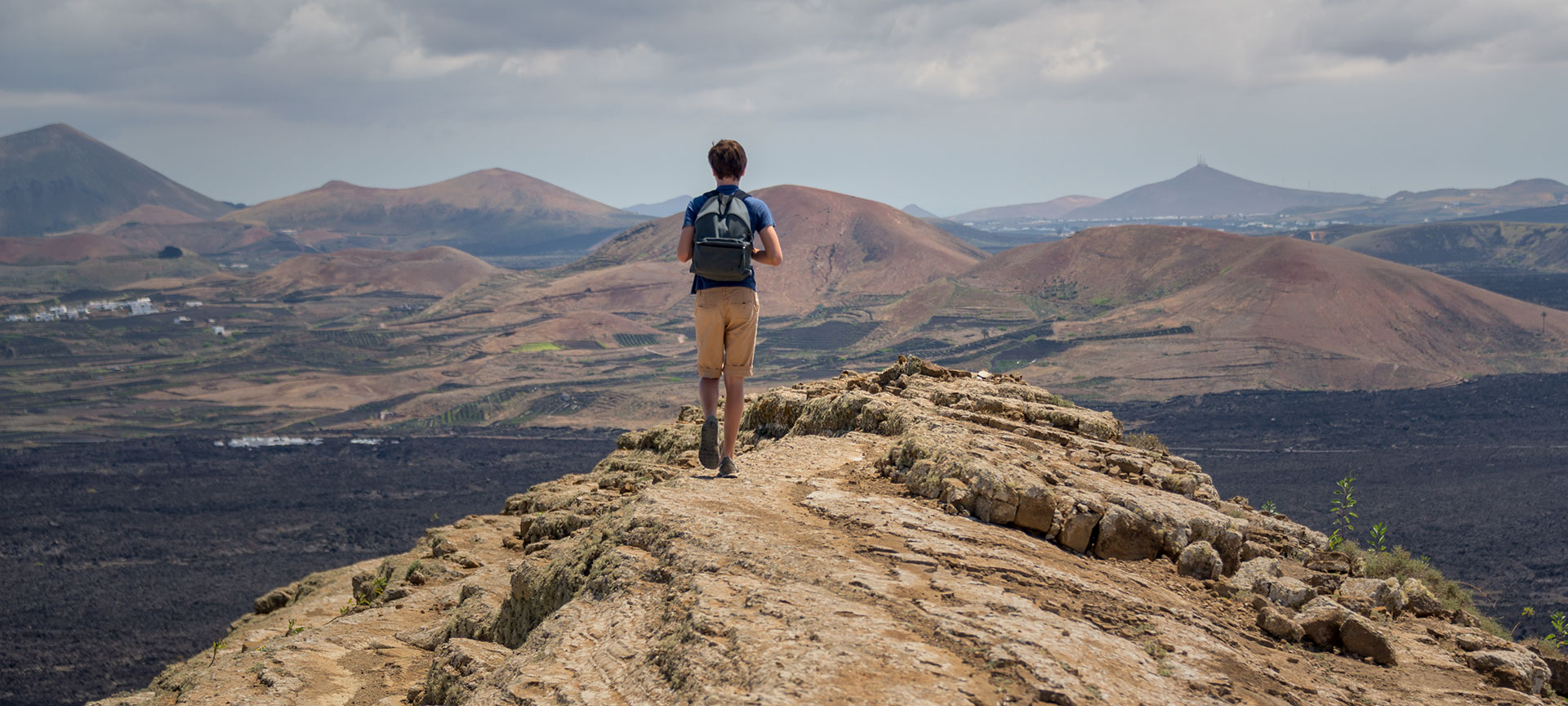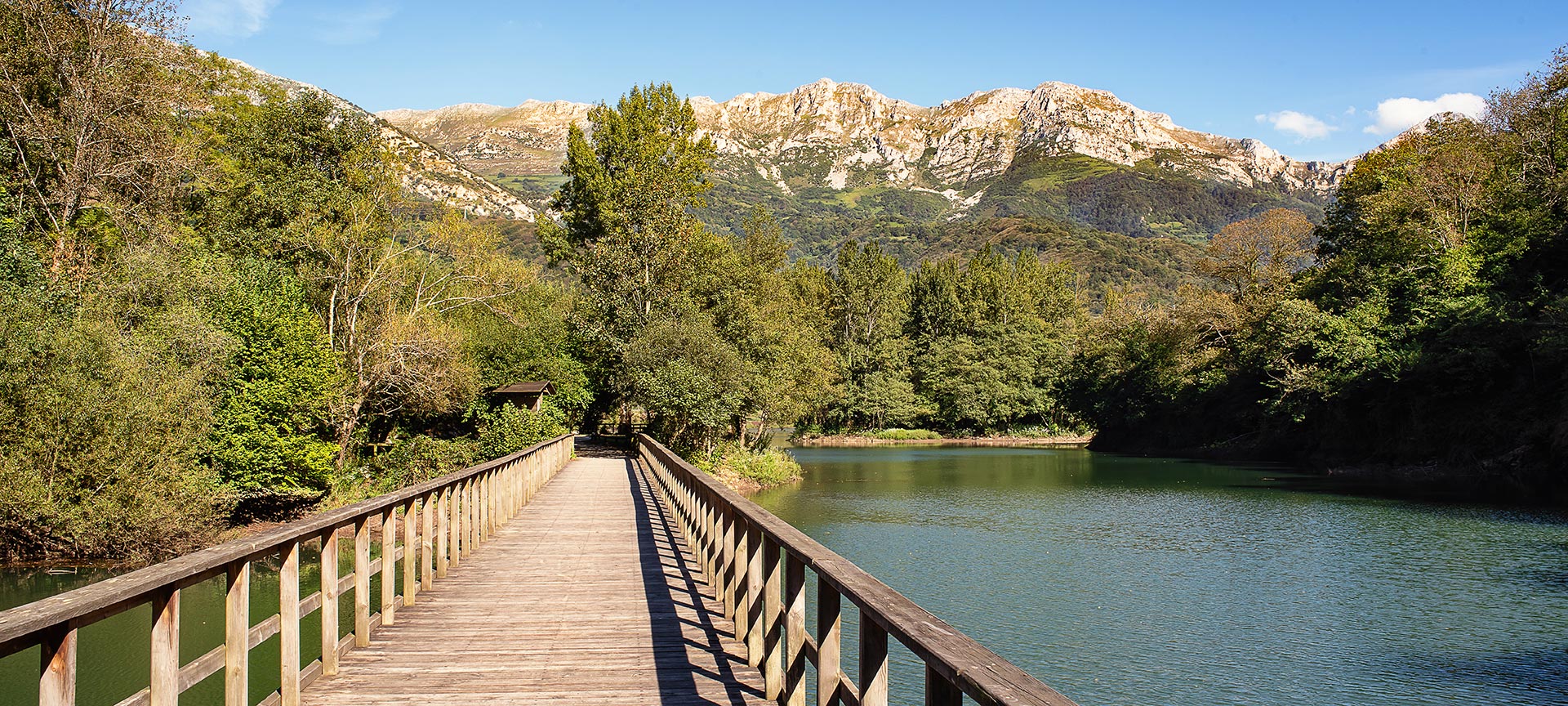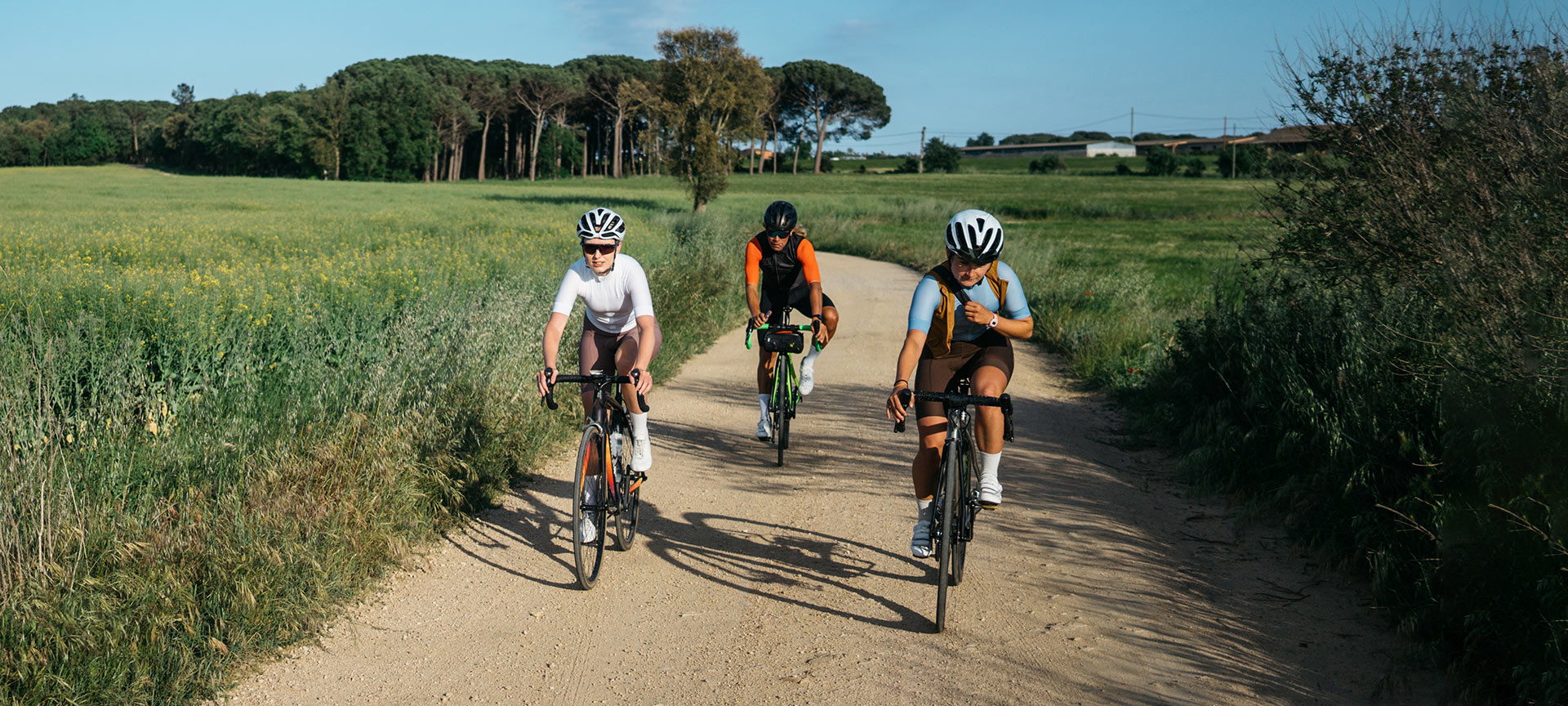Spain has approximately 8,000 kilometres of coastline, and is therefore an ideal destination for diving lovers, increasingly aware of protecting and conserving these unique natural spaces.Sustainable diving is when the diver respects marine life, uses their equipment responsible and does not alter the oceanic plant and animal life in any way.Do you want to know the best areas for sustainable diving in Spain? Read on!
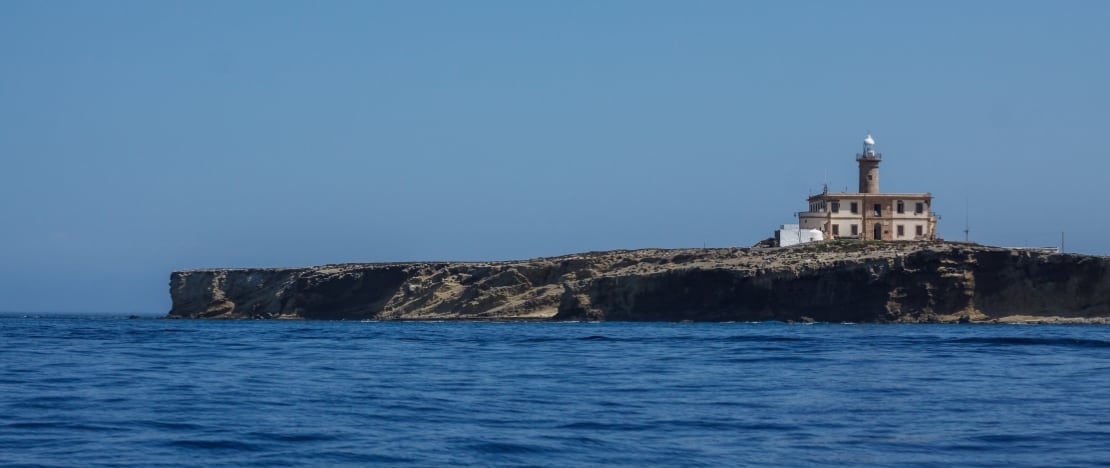
Andalusia
On Isla de las Palomas, in the Estrecho Natural Park, you will find a great variety of marine life (moray eels, turtles, moonfish...) and even sunken ships! The best known, a steamboat called Pecio de San Andrés, has an 18-metre wall with spider crabs, moray eels, lobsters and a lot of other fauna, ideal for you to enjoy sustainable diving.Still in Andalusia, you can visit the island of Alborán and the Nube islet, in the Marine Reserve Network. You will find large hectares of underwater life, such as coral beds and kelp beds.
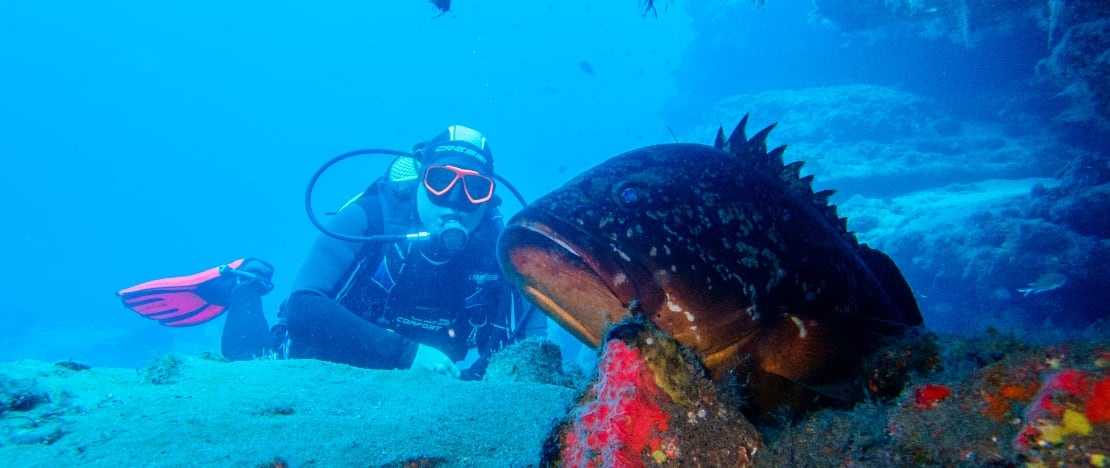
Canary Islands
Enjoy calm waters and deep dives on the island of El Hierro, where its stable temperature enables year-round diving. Here, lovers of underwater photography will find a wide variety of fish and black coral, a picture-worthy show.You will find different immersion points on any of the islands. Thanks to its volcanic relief with plenty of reefs and caves, it's one of the top destinations for divers.
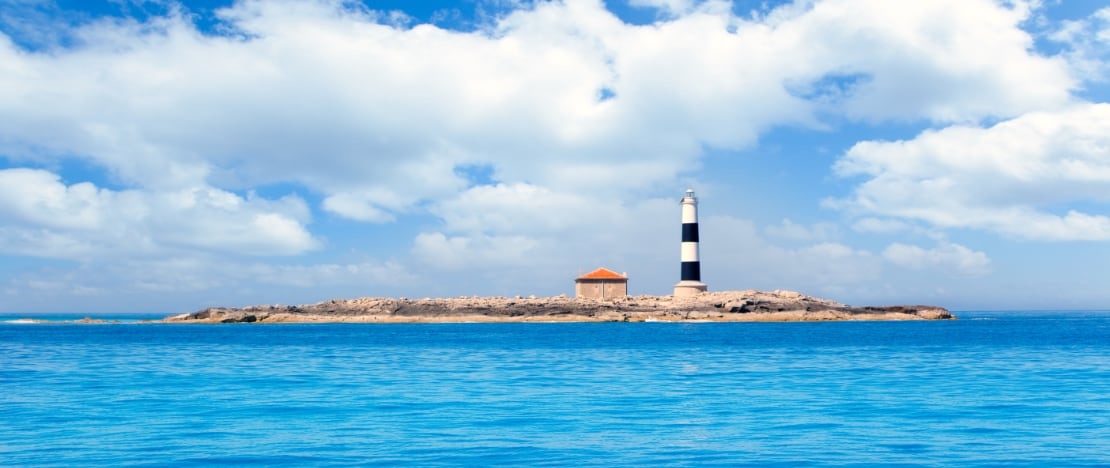
Balearic Islands
In the Formentera, you will enjoy a unique environment, classified as a World Heritage site by the UNESCO. Ideal for scuba diving beginners, it has a visibility of up to 50 metres and a warm temperature throughout the year. You will find immense meadows of posidonia, caves, cliffs and endless animal and plant life. Alternatively, you can visit the Fornells Marine Reserve, in Menorca. Since this is a protected area, you need permission for diving, but it's worth it since it is home to abundant marine life in its crystal clear waters.
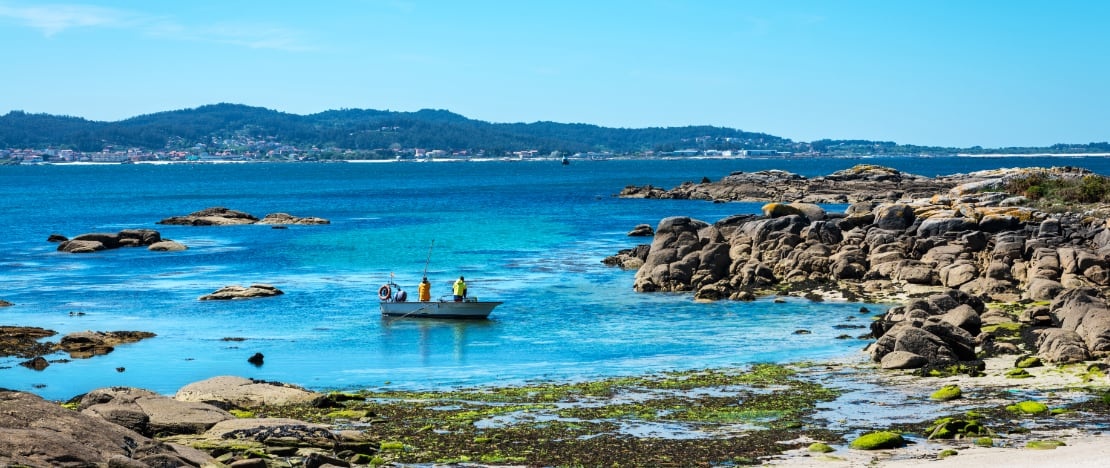
Galicia
In the north of Spain, you will also find natural and maritime heritage to dive into. Galicia is part of the WAOH! Route (Wildsea Atlantic Ocean Heritage Route), which promotes green coastal tourism through the first European Sustainable Diving Route: coastal ecotourism in the Rías Baixas, unique adventures in Costa da Morte and the dreamlike seabeds of Mariña Lucense are waiting for you on your trip to Galicia.
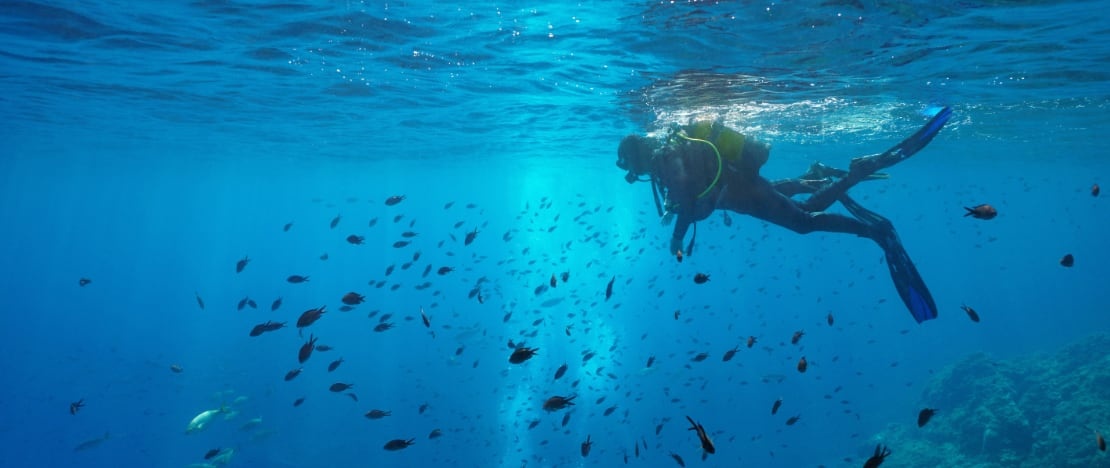
Catalonia
At the Cabo de Creus Nature Reserve, you can visit a protected natural area, where diving in clear waters will allow you to observe diverse plant and animal life. In Catalonia, you will find areas for all levels, from shallow waters for beginners, such as Bau del Moli, to deeper areas such as Illa de la Massa dór, ideal for more experienced divers. Projects like the Blue Underwater Life Park in Almuñécar or sustainable diving in marine reserves aim to make Spain a top destination for lovers of underwater life. Go and find it!
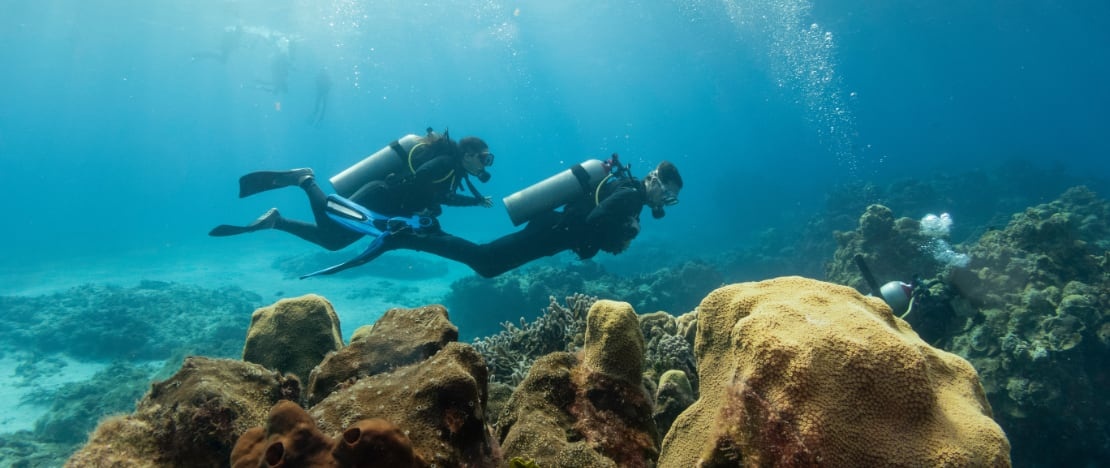
Tips and recommendations
Some of the dive areas are protected areas, so it is advisable to check with the local dive centres first.- Use sunscreen suitable for reefs and corals.- Control your buoyancy to avoid stirring up sediment or damaging the seabed.- Do not take photographs or videos if it involves damaging or disturbing marine fauna- Do not throw waste into the sea
